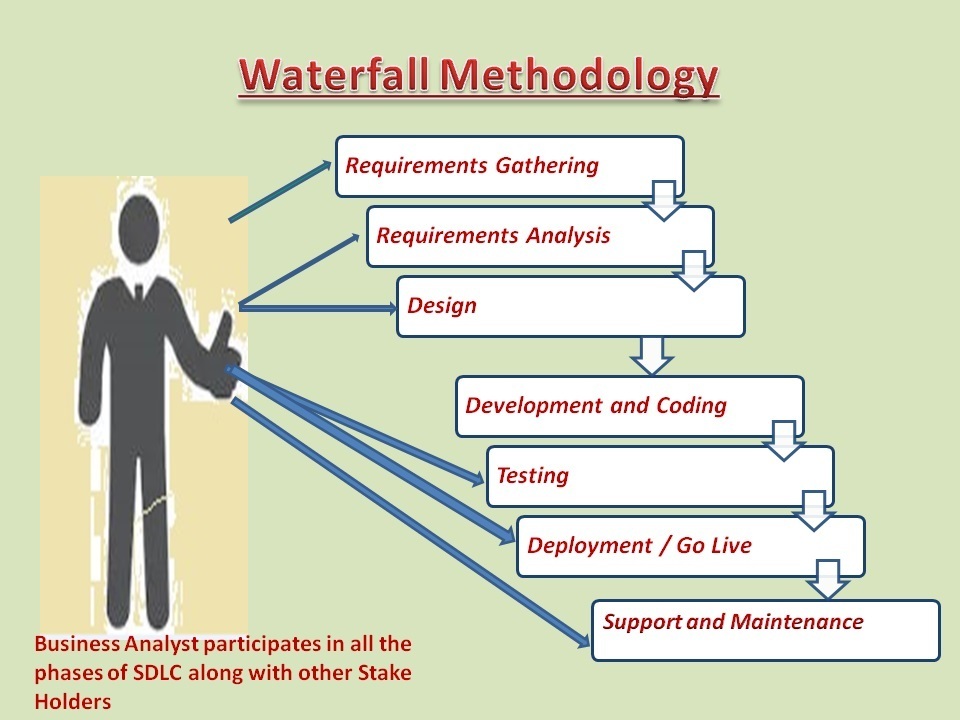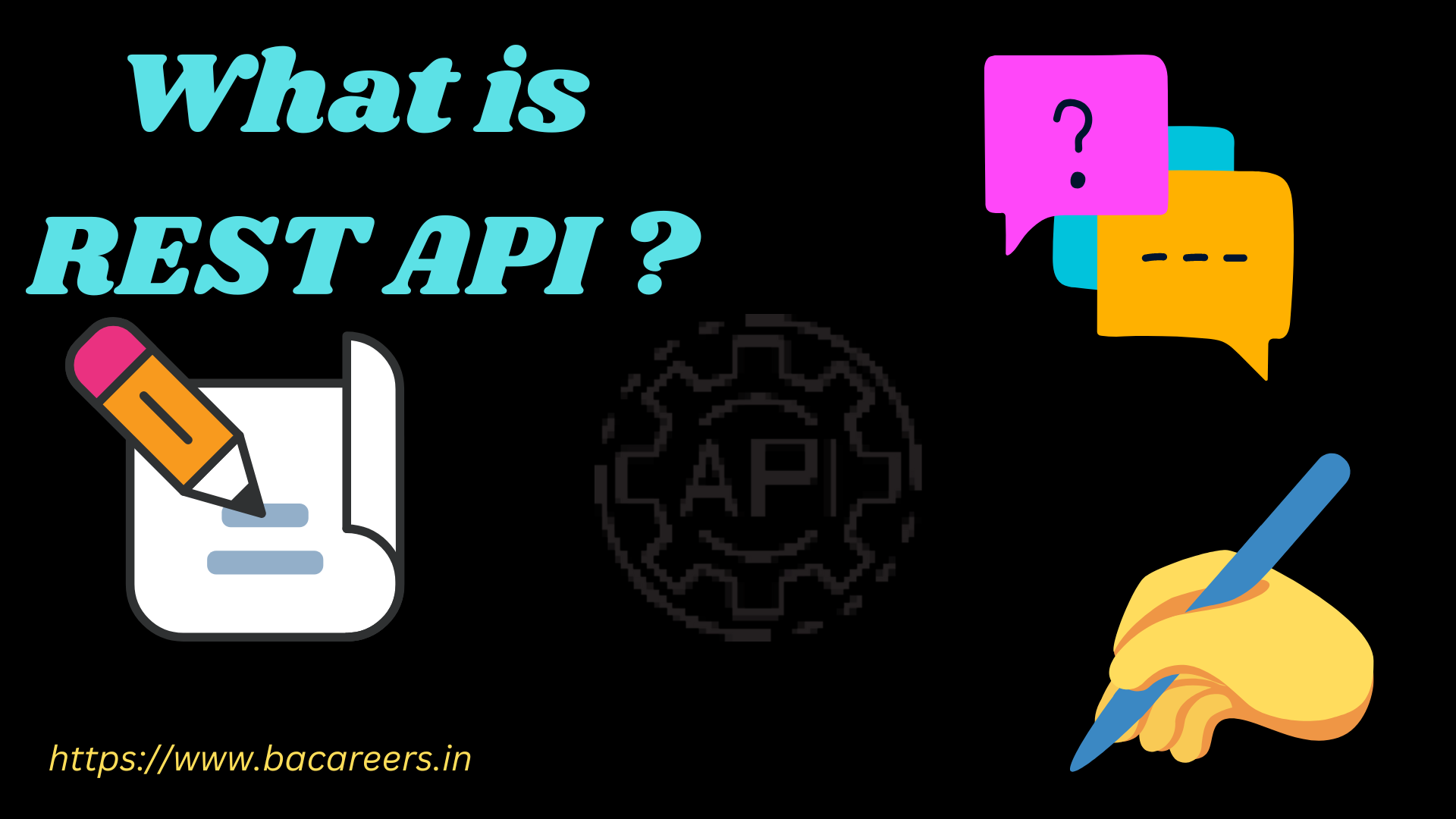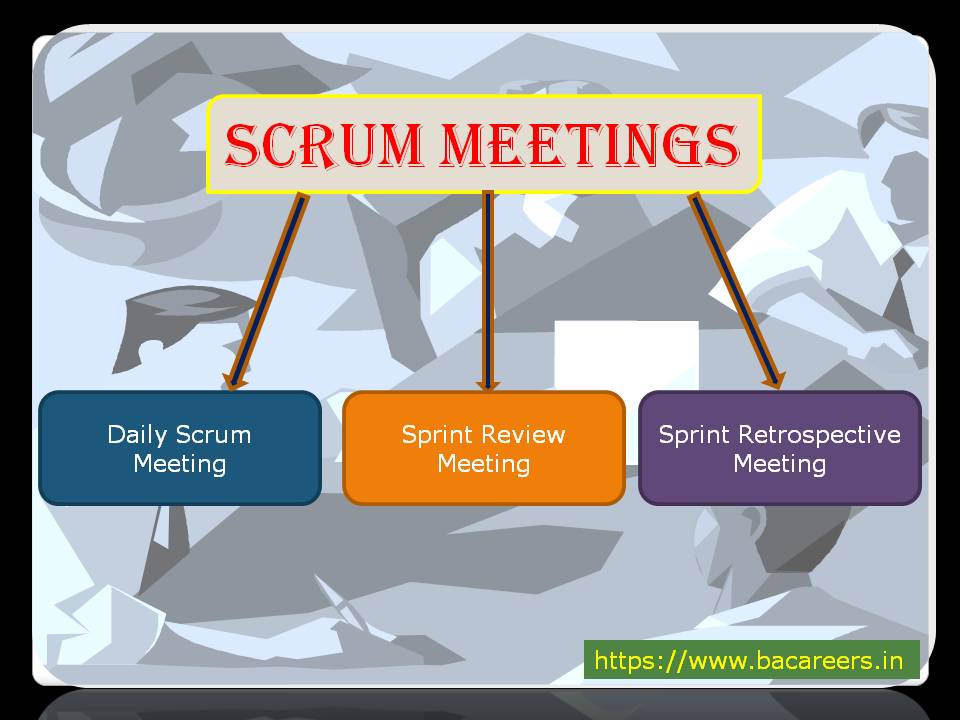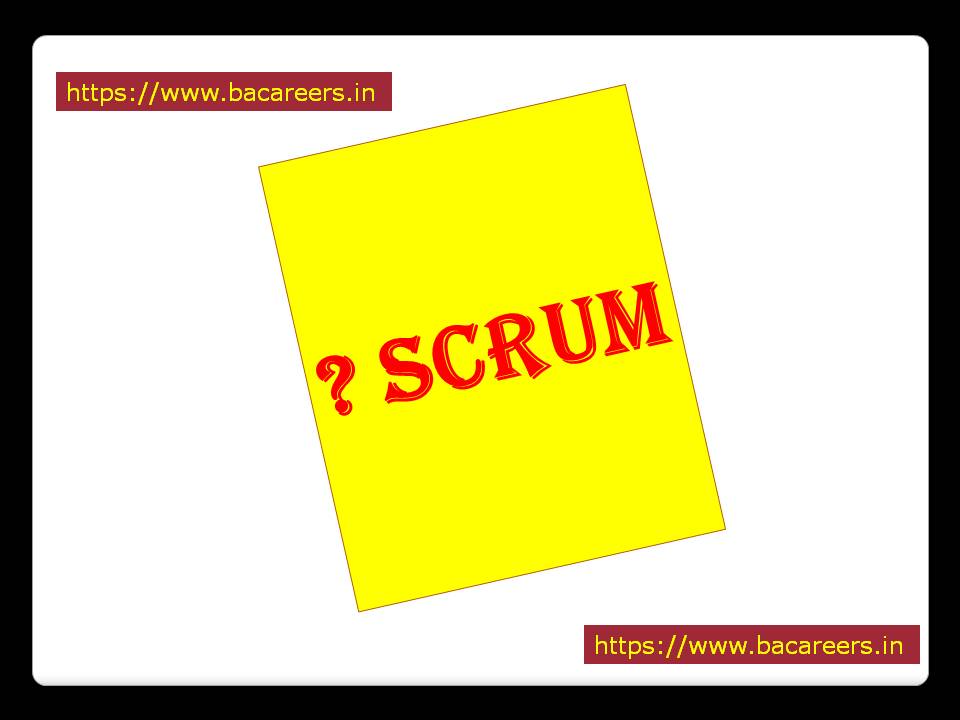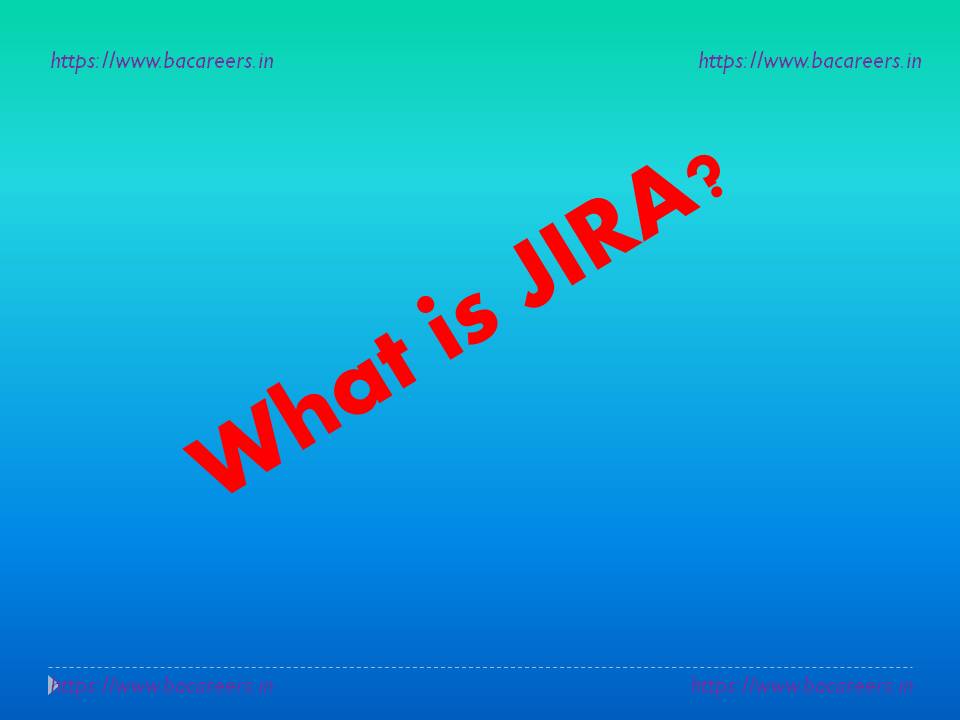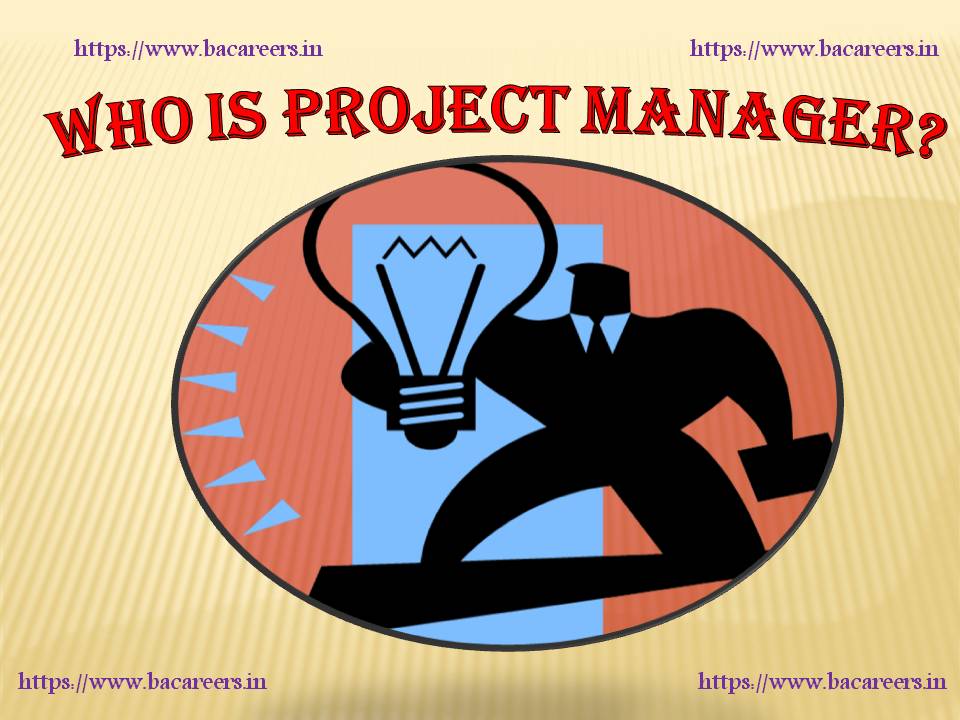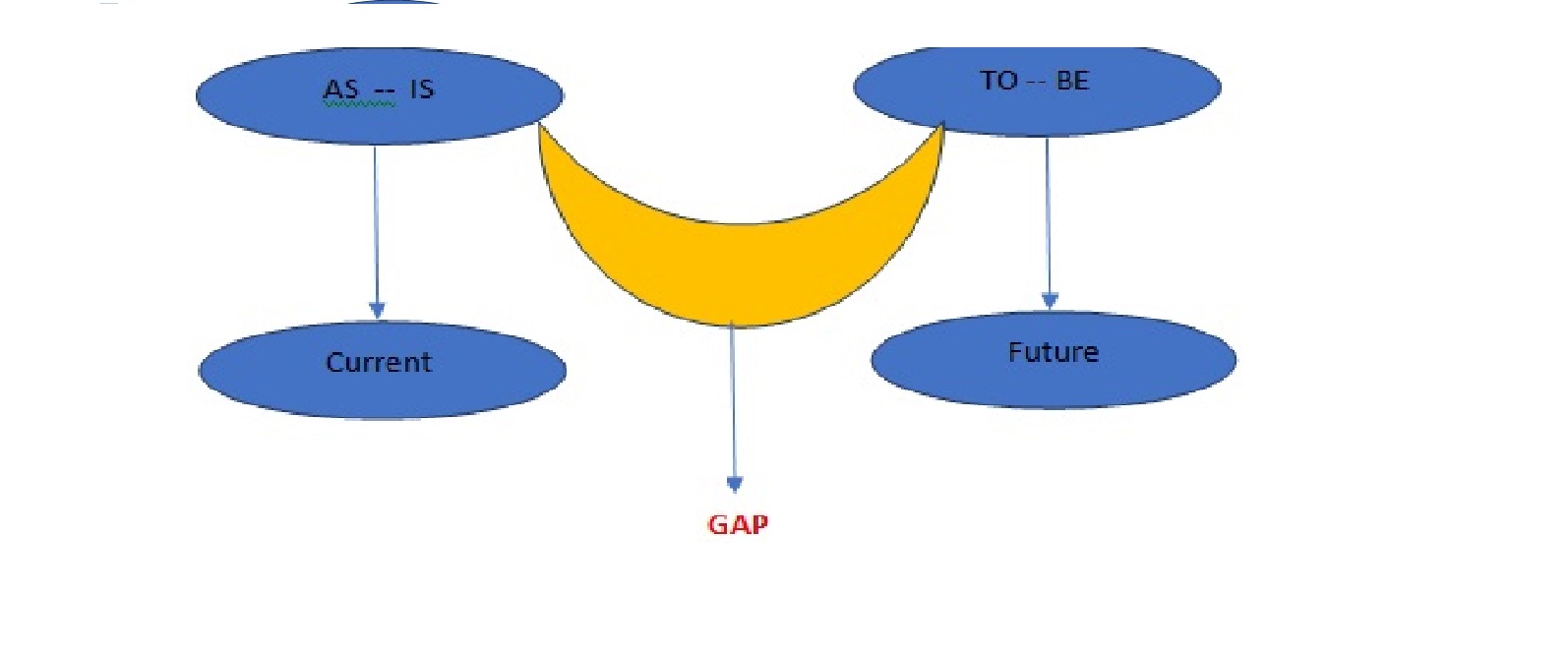What is waterfall model in software engineering, let us discuss in details what is waterfall model and how waterfall model works .
Topics covered in this Article.
What is waterfall model in software engineering ?
Requirements Gathering.
Requirements Analysis
Design
Coding
Testing
Deployment.
Important Articles
1. What is waterfall model in software engineering ?
In software engineering, a waterfall model is a conceptual model for developing, testing, and deploying computer software. The model starts with defining the problem or requirement that the software is to address, then creating a high-level design of the system. Next, an implementation plan is created based on the design and specified using specific programming codes. Finally, units of testing are conducted to verify that the program works as it should. The entire process is repeated throughout the software development life cycle to ensure that all subsystems work as planned and that any bugs are fixed before launch into the production environment.
In software engineering, a waterfall model is a model of software development (also known as product development). It is a sequential, staged process in which each phase of the process is completed before moving on to the next. The waterfall model is most commonly used for large software projects, where it provides a well-defined and structured approach to writing, testing, and deploying releases.
The four major phases of the waterfall model are requirements gathering, design, development, testing, and maintenance. The requirement gathering phase involves getting all the relevant information about the project. This includes understanding what is being built and understanding the user’s needs. The design phase creates the overall structure of the software and determines how it will be implemented. During this phase, developers may create user interfaces or codebase components. Finally, development takes place during which the actual code is written. Testing ensures that the software functions as intended and is error-free. Once it meets these standards, it is released to users for maintenance. Depending on the size and complexity of the project, this might involve fixing bugs or adding new features
In software engineering, waterfall model is a development process that starts with requirements gathering and progresses through design, testing, and deployment. The goal is to achieve software quality levels before deploying the code. The process is divided into five phases: requirements gathering, design, coding, testing, and deployment.
2. Requirements Gathering / Analysis
Requirements gathering occurs during the early stages of project when stakeholders are gathered together to discuss their needs and goals for the project. This is where requirements are clarified, refined, and may be changed. Requirements should be concise but detailed enough to allow for proper planning.
3. Design
Design occurs after the requirements have been collected and a plan has been created for the project. It includes developing a low-level specification of what will be implemented. Design also determines how the code will be coded and how it will be tested.
4. Coding
Coding takes place once the design has been completed and code is written in an appropriate language for the project. It involves creating individual modules that work together to implement the design specifications. Code should be well documented so future developers can understand it easily.
5. Testing
Testing begins once the code has been written and goes through various levels of testing to make sure it meets all the requirements set forth in the design phase. Once tests have been completed, it’s ready for deployment onto a real or simulated environment.
6. Deployment
Deployment begins by pushing the new code to a staging area so that it can be evaluated before being released into production settings. If all goes according to plan, finally production environments can be updated with the new code.
7. Important Articles related to Waterfall Model.
- What are the Advantages of Waterfall Model?
- Agile vs Waterfall or Difference between waterfall and Agile
- What is Waterfall Methodology or Model in SDLC
We hope this article provided you an overview on what is Waterfall model in software engineering.

Business Analyst , Functional Consultant, Provide Training on Business Analysis and SDLC Methodologies.

